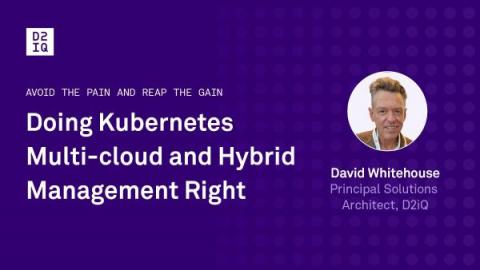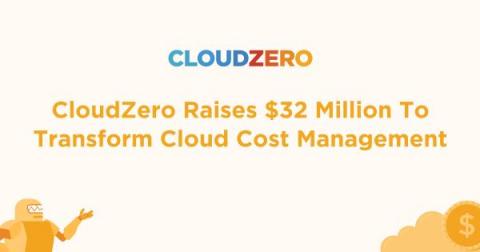Operations | Monitoring | ITSM | DevOps | Cloud
Latest News
5 important Oracle Cloud Compute monitoring metrics
Applications Manager offers Oracle Cloud Compute monitoring that tracks the health, availability, and performance of your Oracle Cloud Infrastructure (OCI) instances. Applications Manager effectively enables DevOps teams to establish a secure and dependable environment for application development and deployment. Without an Oracle Cloud Compute monitor like Applications Manager, administrators would have to manually check each component of an instance to identify performance issues and rectify them.
Blancco's Newly Transformed Global Partner Program Foundational to Doubling its Enterprise Business by 2025
The Art of Using Execution tags to Troubleshoot ECS
In the grand tapestry of software engineering, our journey often winds through labyrinthine layers of application logic. Here, bugs play a compelling game of hide-and-seek, and features dance in an unpredictable ballet. During these instances of fervent exploration, we find ourselves longing for a reliable compass—a secret weapon—to help us decipher the riddles that lie ahead. Cue execution tags, our luminous lighthouse cutting through the dense fog of complexity.
Native Cloud Tools: Understanding Their Benefits for FinOps
Cloud tools are becoming indispensable for modern-day FinOps. They can improve efficiency and agility and deliver better client results. But what native cloud tools are right for you, and how can they benefit FinOps? Let’s find out. When managing financial operations in your organization, using native cloud tools is a must. Let’s take a closer look at some key advantages.
How to Do Kubernetes Multi-cloud and Hybrid Management Right
The latest surveys show that organizations are struggling to manage multi-cloud environments and overcome problems that include cloud cost, complexity, security, and visibility. In the Flexera 2023 State of the Cloud Report, for example, enterprises cited managing cloud spend and managing multi-cloud environments as their top cloud challenges.
Evolution at the edge: what matters when developing an edge strategy?
The evolution of information technology is governed by how businesses adapt to ever-increasing amounts of data. Those businesses most able to exploit more data, win. Terms such as ‘speed’ and ‘agility’ refer to how a business handles and uses this data. Given the 2.5 quintillion bytes created every day, there is a huge opportunity for businesses to create unassailable leadership.
How CloudZero Closed A $32M Series B Round In The Weakest Funding Environment In Years
Logic App Best Practices, Tips, and Tricks: #31 Specifying JSON Schema elements nullable
Understanding Multi Cloud Observability
IT, DevOps, and security teams are figuring out the best ways to manage their complex, ever-growing, ever-changing environments. And one contributing factor to all the complexity is the rise of using multiple cloud services. One cloud service to manage is difficult enough, but adding more to the mix — each with its own interface and set of tools — makes everyone’s job significantly more difficult.











